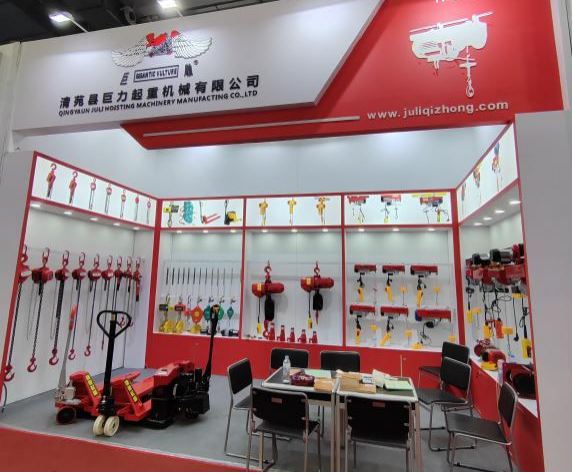


Safety Equipment for Working at Heights
Working at heights poses significant risks to workers across various industries. Whether on construction sites, roof repairs, or maintenance of tall structures, the potential for falls is a constant concern. To mitigate these risks, it is crucial to employ the right safety equipment. This article will explore the essential safety equipment necessary for working at heights, ensuring that both employers and workers are aware of the best practices for maintaining safety.
1. Personal Protective Equipment (PPE)
One of the most critical components of working safely at heights is the use of Personal Protective Equipment (PPE). The following items are essential
- Safety Helmets Protecting the head from falling objects is paramount. Safety helmets should be worn at all times on a job site. They are designed to absorb impacts and prevent severe injuries.
- Harness Systems A full-body harness is a fundamental piece of safety equipment. The harness must fit correctly and be adjusted for each individual. It is designed to distribute the force of a fall over the body, reducing the risk of injury.
- Lanyards and Lifelines These are used in conjunction with harnesses. A lanyard attaches the worker to an anchor point, preventing falls. Retractable lifelines can also allow for more mobility while still offering safety.
- Safety Footwear Non-slip, sturdy footwear is essential for maintaining traction on potentially slippery surfaces. Steel-toed boots provide additional protection for the foot.
2. Fall Protection Systems
In addition to PPE, employing effective fall protection systems is crucial

- Guardrails and Toe Boards These should be installed around the edges of elevated surfaces to provide a physical barrier. Guardrails should be at least 42 inches high and include a mid-rail to prevent falls.
- Scaffolding Properly constructed scaffolding provides a stable work platform and must be inspected regularly. All components should be compliant with safety standards to ensure structural integrity.
- Safety Nets In some scenarios, safety nets can be installed below work areas to catch falling workers or materials. These nets should be properly installed and maintained to ensure effectiveness.
3. Training and Awareness
No amount of safety equipment can replace the need for training and awareness. Employers should ensure that all workers receive adequate training on the use of safety equipment and the risks associated with working at heights. Regular safety drills and training sessions should be held to keep safety procedures fresh in employees' minds.
4. Regular Inspections and Maintenance
All safety equipment must be regularly inspected and maintained to ensure its functionality. Harnesses, lanyards, and safety nets should be checked for signs of wear and tear, while scaffolding and other structures must be evaluated for stability. Keeping equipment in good condition not only protects the workers but also complies with occupational safety regulations.
5. Emergency Response Planning
Finally, having an emergency response plan in place is essential when working at heights. This should include procedures for dealing with falls, rescuing injured workers, and communicating with emergency services. Regularly practicing these procedures can significantly reduce response times and improve outcomes in case of an incident.
In conclusion, working at heights presents numerous challenges and risks, but with the right safety equipment and practices in place, those risks can be effectively managed. By prioritizing the use of PPE, implementing fall protection systems, providing thorough training, maintaining equipment, and preparing for emergencies, workers can significantly reduce their chances of accidents and injuries on the job. Safety should always be the top priority in any workplace, especially when working at dangerous heights.



